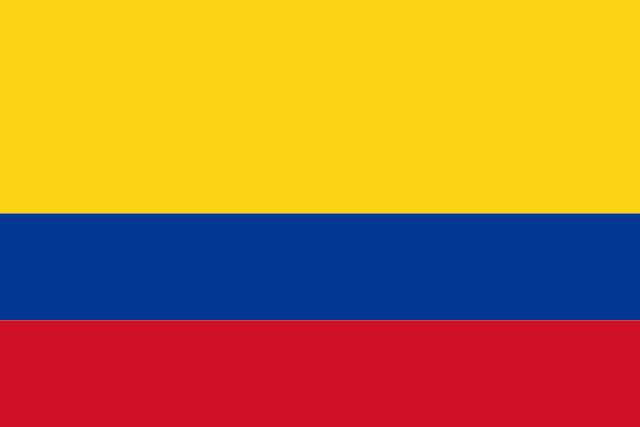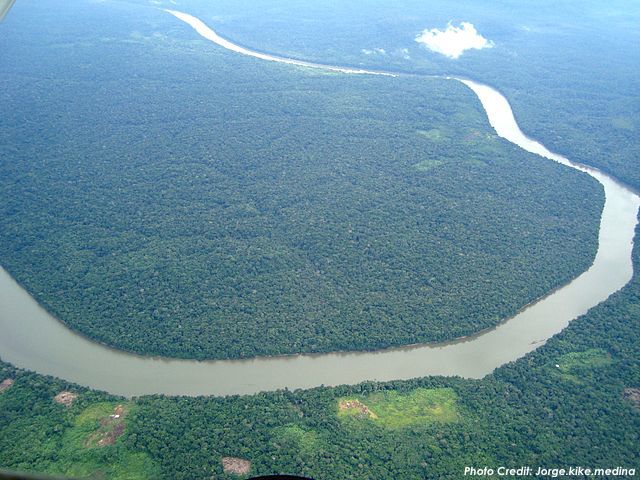(Continuing today’s theme of indigenous forest protection efforts…)
Colombian tribal leaders based in the Amazon Rainforest are making the case that traditional low-impact forestry management techniques from their indigenous communities native to those forest areas should play a key role in a proposed “corridor” aiming to preserve vital forest resources and biodiversity from logging and other development.
“Indigenous groups want changes to plan for Amazon biodiversity corridor” – Al Jazeera America
Indigenous leaders representing some 250 Amazon Basin tribes said Tuesday that an ambitious plan proposed earlier this year to create a protected corridor roughly the size of France in parts of Colombia, Brazil and Venezuela is a great idea to safeguard biodiversity and combat climate change, but it leaves out a key aspect of forest management — the people who have been successfully protecting the rainforest through sustainable practices for centuries.
[…]
The group supports the plan, proposed by Colombian President Juan Manuel Santos, in concept. It would create a contiguous area of 135 million hectares, or more than 300 million acres, that would become off-limits to deforestation and other destructive resource extraction practices in order to protect the area’s biodiversity.
“The corridor will not only protect indigenous people but also the Amazon Basin that is giving pure air to the world,” Furagaro said.
[…]
But indigenous leaders say that simply banning certain activities in the forest isn’t enough. So last month, 25 indigenous leaders from Colombia, Brazil and Venezuela trekked into the middle of the Amazon by foot, boat and bus to come up with something better. They discussed how to improve on Santos’ idea while keeping their territorial, cultural, social and economic rights.
[…]
The tribes represented at the meeting called for the final corridor proposal to allow free travel in the protected area for indigenous people so that they can continue to manage the forest using traditional methods, which are often thwarted by political borders.
“The corridor could also protect 245 different indigenous peoples’ communities, 245 different traditional languages and 245 different traditional uses of the land,” Furagaro said.




